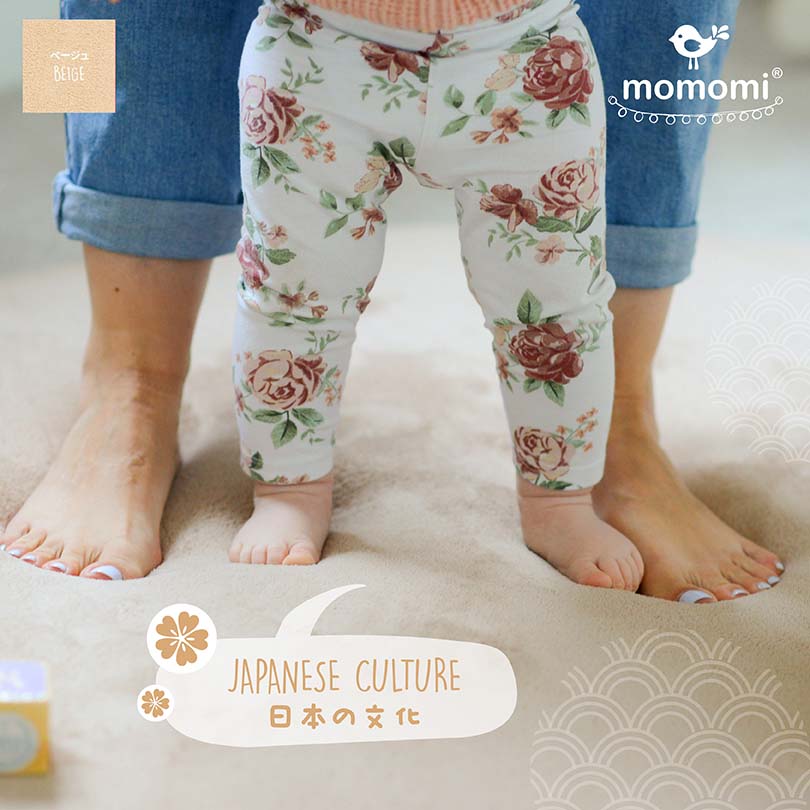When to Take Off: 🦶🏻 Shoe Etiquette in Japan
Pandemic restrictions have lifted, and many people can’t wait to travel to Japan.
Check if there’s a 土足禁止 sign at the entrance. 
The term 土足 means “shoes.” 
You will likely encounter this sign in schools , temples
, temples , gyms
, gyms , restaurants
, restaurants , and many other facilities.
, and many other facilities.
To keep dirt out of the home. Most Japanese buildings use hardwood flooring and tatami.
That’s why it’s all the more important to keep those surfaces clean. 
Taking off your shoes before entering a building helps to extend the longevity of tatami and wood materials. 
Wearing socks is considered basic etiquette in Japan. 
Women usually wear invisible socks or silk stockings. 
In contrast, we don’t have such etiquette in some countries.
That being said, some countries choose to take off their shoes to keep their homes clean. 
If the thought of walking barefoot doesn’t excite you, do yourself a favor and get a mat. 
With a texture as soft as tatamis, Momomi Soft Touch Tatami Mat will give you unparalleled comfort.
will give you unparalleled comfort. 
Come check it out yourself! 





